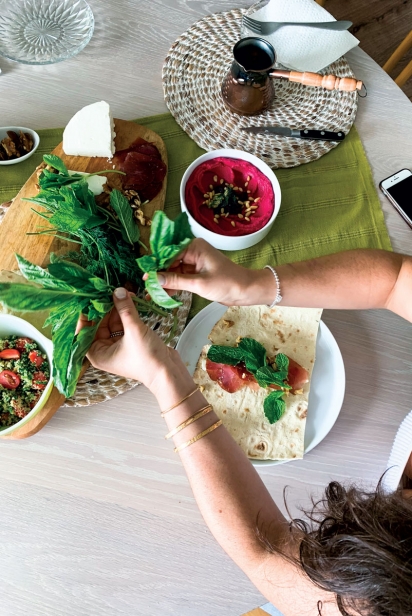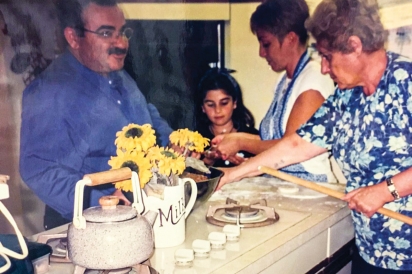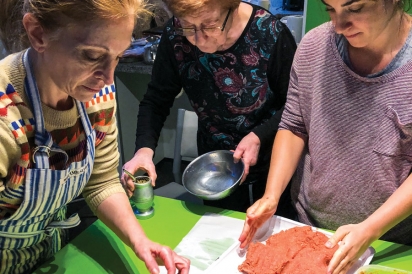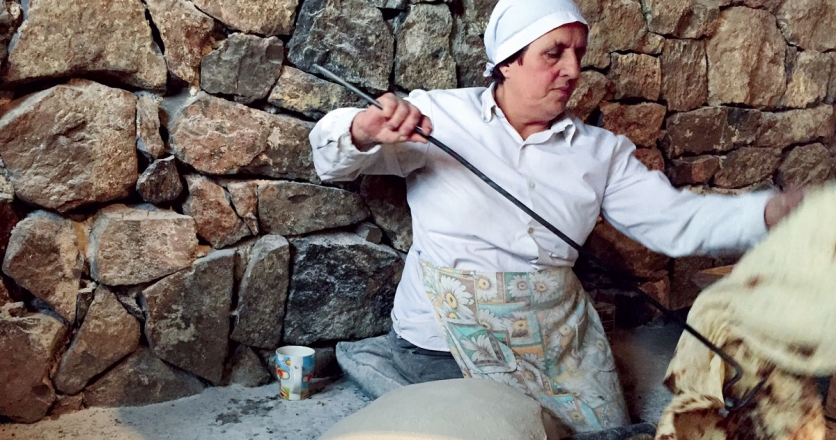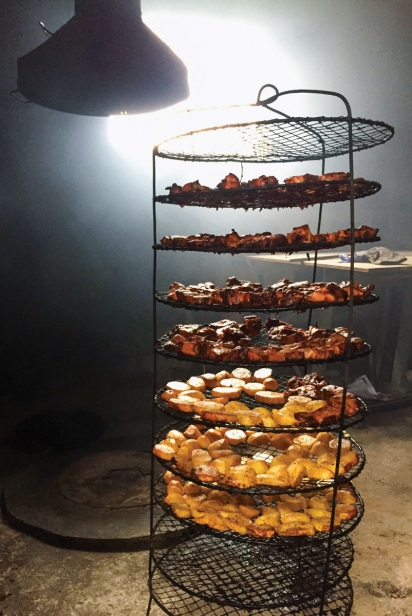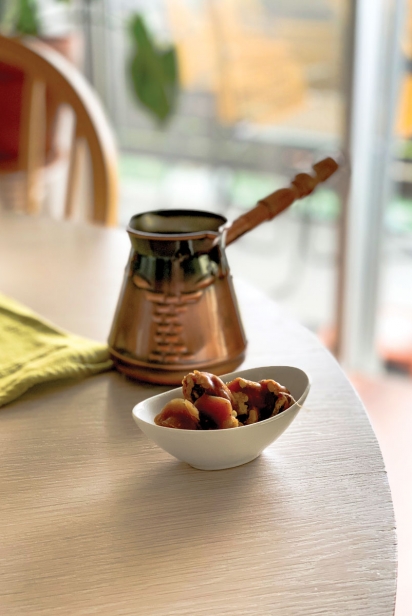It All Started with a Plate of Mante
All of Maral Arslanian’s friends know she’s Armenian. But they weren’t sure what that means. “They asked me, ‘Who are you like?’,” she says. “We are a conglomeration of all the places we’ve been – a little Lebanese, Greek, Syrian. For Armenians, food is the way to explain it.”
Just as food culture travels, the path to Arslanian’s reckoning spans continents, twisting and turning along the way. Born in Argentina, she grew up in Buenos Aires’ large Armenian community. She was eight when her family moved to Aventura. There aren’t a lot of Armenians in South Florida, so they connected with the Armenian church in Cooper City, where she volunteered with her mother to cook. After high school, she returned to Argentina to study industrial design, then moved to New York City to work in the fashion industry. On her own for the first time, Arslanian, whose first language is Spanish, turned again to the church to find community and took classes in Armenian.
But Miami was always home, and she returned here to work, visit old friends and make new ones in the entrepreneurial world. She took part in Creative Mornings and was a finalist in the Awesome Foundation’s grant program, creating Snack Smart, an after-school program teaching kids how to make healthy snacks with foods in their neighborhood. And she began cooking up meals and a plan to archive family recipes and share them with friends.
Making mante
Arslanian is not a trained chef. But she has always been a keen observer, working alongside aunts in the kitchen making traditional Armenian dishes. Mante is one of those recipes. Like tortellini to Italians or hallacas to Venezuelans, mante is a special-occasion meal that takes all day to make and, ideally, many hands, all female. “You have a person for each step of the process,” she says. First, dough is rolled thin like pasta and cut into small squares. Each square is filled with a tiny meatball made from seasoned ground beef and vegetables, then pinched together at the ends. “Every maker’s mark goes into it,” she says. The mante are arranged in a pan in a precise spiral, topped with butter, then baked until the pasta is crispy on top. Out of the oven, mante can be served as is, topped with a dollop of yogurt, or placed in a bowl that’s then filled with hot broth, mint and sumac to create a dumpling soup. This is Arslanian’s favorite way to eat mante.
“If you could imagine yogurt broth, creamy, super savory, a play of textures, a crispy little meatball, it’s super comforting,” she says. “It’s a little bowl of food you spent hours making and it’s done in a few minutes – and it’s worth it.”
Calling herself The Spicy Dolma on Instagram, she posted beautifully composed still lifes of dishes shot in her light-filled apartment and gorgeous little how-to videos. Her foods went to friends and people she met on Instagram. Some were unfamiliar with the dishes. Others told her the flavors and herbs took them back to their childhood. “I was so pleasantly surprised at the response. I come from the fashion industry – it’s cold, scripted. Jumping into the culinary community you feel love.”
During the pandemic, when Arslanian was furloughed from her job, she realized the act of cooking brought her more joy than sitting in front of a computer for eight hours, especially in uncertain times. “We’re all seeking connection and comfort throughout all this.” She told her boss she wouldn’t be returning to her job, and is now working on creating a business to bring her home-cooked foods to others, through catering and teaching. “I feel like Miami needs this so badly,” she says. “Cooking is my way to share.”
Setting the Armenian Table
In Buenos Aires, Sunday is the day everyone gets together to gather, eat and drink, Maral Arslanian says. “There are a lot of hands in the kitchen – usually women inside, and men at the grill.” She remembers her Tia Marta in the kitchen, the smells of pilaf, butter and toasted pasta. “Armenian food is elaborate, and she’s a perfectionist,” she says.
When you arrive, the dining table is already full of food: dips, olives, cheeses, fresh herbs and salads. Hummus is a staple, though her magenta version made with beets is her own. “Armenian food is a conglomeration – I’m adding Miami to the list.” There’s taboule, made from bulgur wheat, tomato, parsley and lemon juice; fattoush, the bright salad of cucumbers, tomatoes and shreds of bread; fine strands of Armenian string cheese; creamy baba ghanoush, rich with eggplant and tahini; and ensalada Belen – “always an eggplant dish,” she says. Basterma is lean air-dried beef heavily seasoned with cumin, garlic and other spices, and sliced paper thin. Then come the grilled meats, khorovats, made with lamb, pork, beef, chicken, plus grilled vegetables with fresh mint, basil and dill, all served over lavash so the juices soak into the bread. Her father is in charge of two dishes: pilaf and chiquefte, Armenian steak tartare. “You make lean beef into a paste, add red pepper, cumin, chili flakes and bulgur wheat.”
Lavash is the traditional flat bread so representative of Armenian culture that it’s on the UNESCO Intangible Cultural Heritage List. “You can eat meters of lavash,” says Arslanian, who watched women baking the bread on a visit to Armenia. “Women sit on the floor with holes cut for their feet. They roll out the dough thin, put it on huge oval-shaped pillows, then attach it to the side of the hot oven so it sticks,” she says.
Guests toast with vodka and ouzo and out comes Armenian coffee, soorj. Finely ground espresso, water and a spoonful of sugar are boiled in a vessel called a jezve, then served in a demitasse cup. “You stop drinking when you see the grounds,” she explains. The cup is turned over and righted to reveal cryptic rivers of coffee grounds to be read by a fortune teller. Sweets bring the meal to a close: rich buttery cookies called gurabie (also spelled ghraybe and kourabia); and sujuk, crunchy candies made from walnuts and molasses-y grape syrup strung together. The meal is always accompanied by the sounds of a pair of dice hitting the tavli (backgammon) board and music of the older generation breaking into song.
The Spicy Dolma
Follow Maral on Instagram @The_Spicy_Dolma



